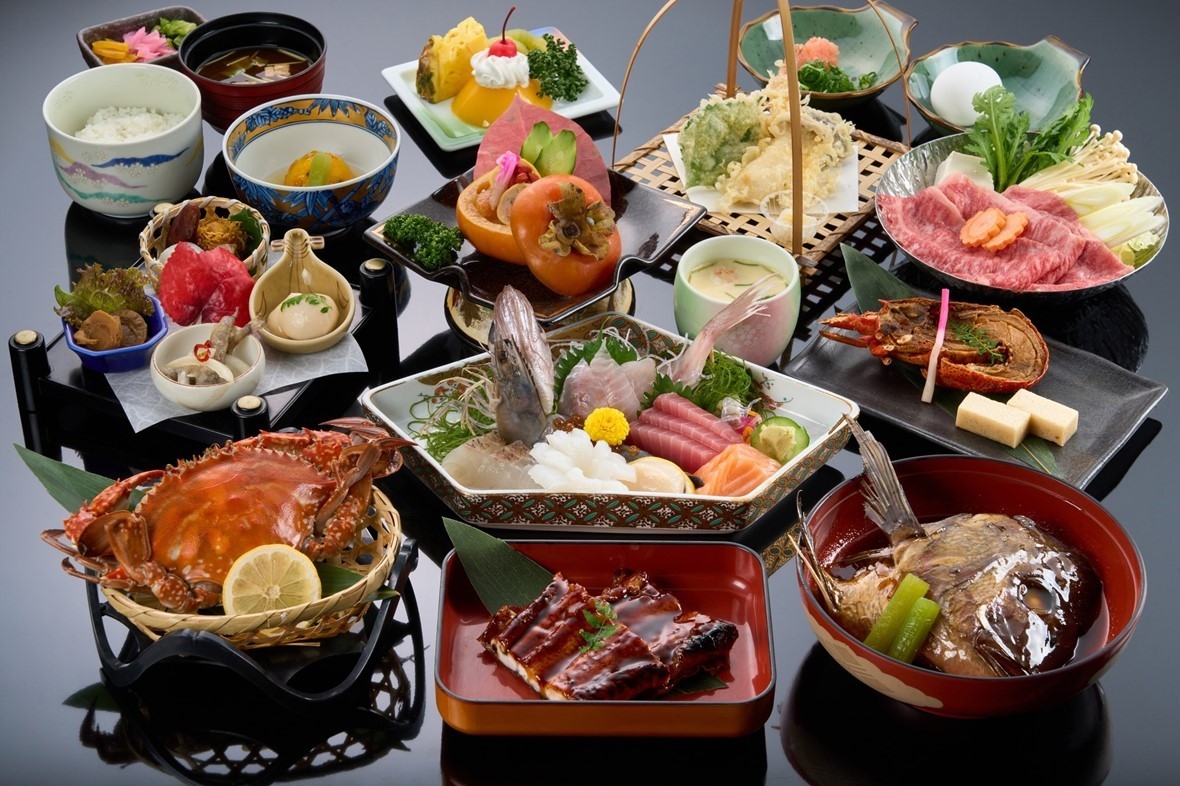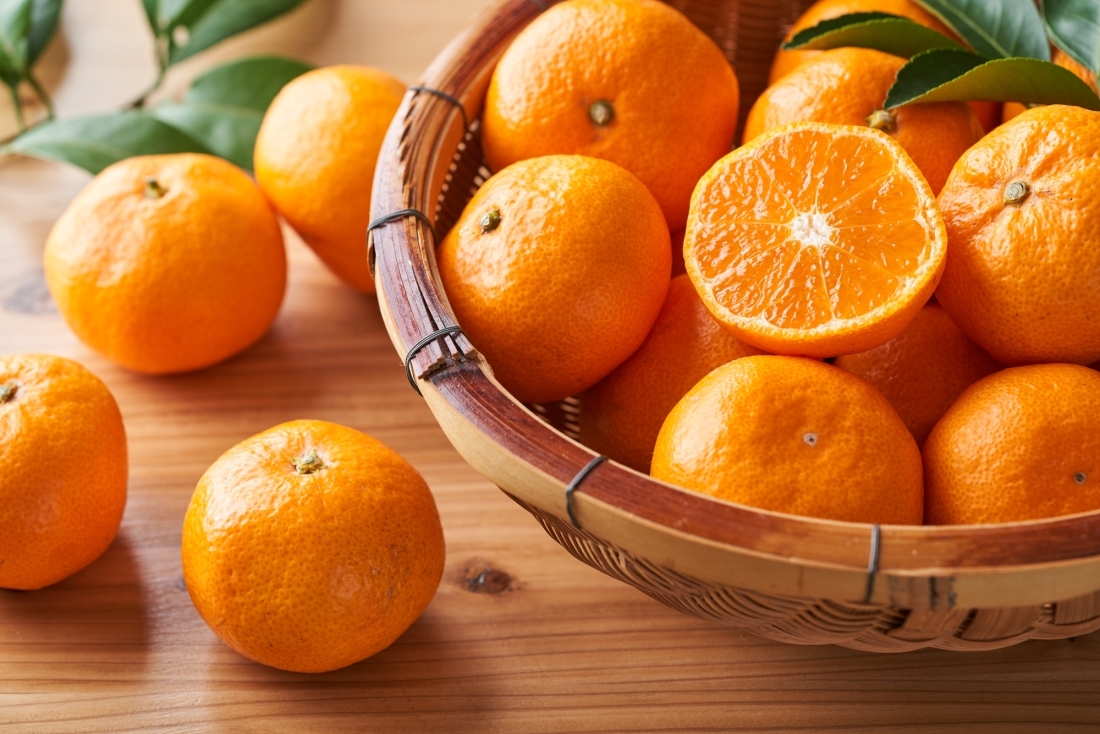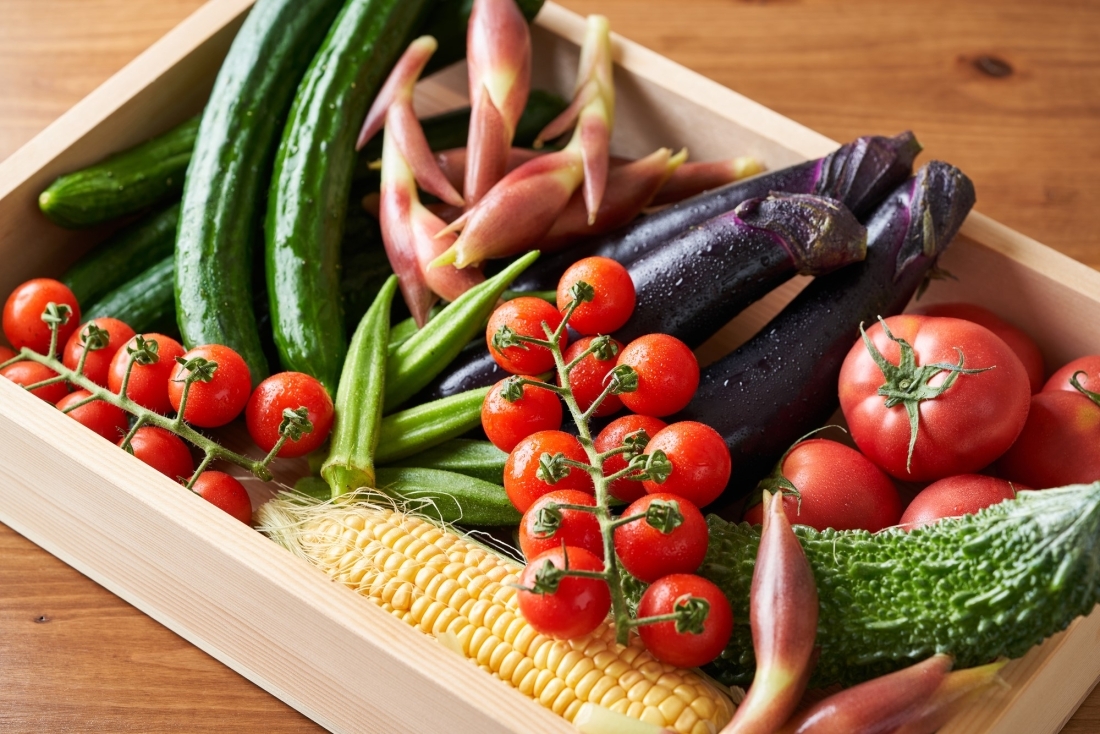OTHER
Gastrodiplomacy in East Asia
March 15, 2023

Tightly connected with our individual and communal identities, food holds enormous power not only to shape us but also to show who we are to ourselves and others. What we eat, how, and with whom contributes to determine our place in the world. It is not surprising that nation states, central actors in international relations, have been keen on defining ingredients, dishes, and traditions that could be recognized – domestically and abroad – as unique expressions of their culture, their society, and their history. These are not straightforward processes, as stakeholders with different values and priorities may vie to define what should be included in a national cuisine and what does not belong.
Food products that are tightly connected with a country play a particularly important role in trade, at a time when many consumers – especially those with higher buying power – look for something that can provide anchorage against what is often experienced as impersonal, industrial, and globalized mass manufacturing. We don’t just want tea, we want tea from a specific place, grown in a particular way, with stories of farmers, artisans, and their communities attached to it. We prefer rice whose origin we can point to. The result is that geographical indications, products whose characteristics, quality, and reputations are closely connected to precise locations and the people who live there, have acquired commercial appeal and often command higher prices. Japan and the European Union, for instance, have signed agreements to ensure the mutual protection of products such as Monobe Yuzu or Prosciutto di Modena ham against counterfeiting and illegal use of their names.
Beyond commercial issues, food can unfortunately be exploited with the goal of control and blackmail during crises and conflicts, as the current weaponization of wheat trade in the Russian-Ukrainian clash suggests. The effects of the interruption of wheat exports from the two belligerents are being felt in countries that have no direct involvement with the war, from Peru to Egypt, threatening the food security of whole populations.
Food can divide, but it can also unite. In fact, it has long been used as a diplomatic tool. Officials visiting a foreign country are often invited to formal meals whose menus are supposed to showcase the best of the host country. The best embassy chefs are quick to adapt to the subtleties of international negotiations that take place around the dinner table, and so are those in the employment of head of states (and CEO of transnational corporations, for that matter). Politicians are fully aware of the impact of food-related performances: Richard Nixon famously ate with chopsticks during a meal with Zhou Enlai as a visible sign of the détente between the two countries.
In recent years, culinary traditions and gastronomy have also moved to the forefront of what is described as “soft diplomacy:” the efforts meant to raise a country’s international profile by highlighting various aspects of its culture, including culinary traditions and practices. Such approach to diplomacy is evident in the interest countries have shown to have elements of their gastronomy included in the UNESCO list of intangible cultural heritage. Although the first additions only took place in 2010 with The Gastronomic Meal of the French, the Mediterranean Diet, and Traditional Mexican Cuisine, in the past few years the number of food-related items in the list has grown exponentially.
In 2013, for instance, Japan succeeded in adding Washoku, traditional dietary cultures of the Japanese, notably for the celebration of New Year. In the same year, South Korea celebrated the addition to the list of Kimjang, making and sharing kimchi in the Republic of Korea; however, as the tradition is common all over the peninsula, two years later UNESCO also included the Tradition of kimchi-making in the Democratic People's Republic of Korea, showing how cultural matters are clearly not exempts from broader political realities. That same year, South Korea successfully pushed forward the Culture of Jeju Haenyeo, the women divers who gather abalone and sea urchins without oxygen masks, highlighting a unique practice connected less with cuisine than with food production.
Specific dishes or ingredients do not fall under the category of intangible cultural heritage, which focuses rather on human communities and what they do. Nevertheless, although the UNESCO list may not be leveraged to directly support product exports or restaurants, it provides worldwide visibility that is likely to increase interest in a country’s gastronomy, and, possibly, tourism.
Countries may invest in international campaigns specifically aimed at expanding the appreciation for their cuisine. One of the first to do so was Thailand, which in 2002 launched the “Global Thai” initiative, with the goal of increasing the number of Thai restaurants around the world, creating jobs for Thai chefs around the world and increasing the demand for Thai ingredients. As a matter of fact, the term “gastrodiplomacy” was created precisely to describe this effort. Although Japan’s gastronomy was already quite visible, from sushi to fine dining, and the presence of food in numerous anime and manga contributed to the popularity of Japanese cuisine among the younger generations, in 2006 “Washoku -Try Japan's Good Food” started introducing Japanese specialties at events organized by Japanese diplomatic missions around the world. In 2009 it was the turn of South Korea to kick off the “Korean Cuisine to the World” campaign, which took advantage of the growing interest in Korean pop culture, from TV dramas to K-Pop. Although it is difficult to measure the actual economic impact of such initiatives, their cultural and social outcomes are hard to deny. As long as global foodies continue to look for always new and exciting dishes and culinary traditions, gastrodiplomacy is here to stay.
Food products that are tightly connected with a country play a particularly important role in trade, at a time when many consumers – especially those with higher buying power – look for something that can provide anchorage against what is often experienced as impersonal, industrial, and globalized mass manufacturing. We don’t just want tea, we want tea from a specific place, grown in a particular way, with stories of farmers, artisans, and their communities attached to it. We prefer rice whose origin we can point to. The result is that geographical indications, products whose characteristics, quality, and reputations are closely connected to precise locations and the people who live there, have acquired commercial appeal and often command higher prices. Japan and the European Union, for instance, have signed agreements to ensure the mutual protection of products such as Monobe Yuzu or Prosciutto di Modena ham against counterfeiting and illegal use of their names.
Beyond commercial issues, food can unfortunately be exploited with the goal of control and blackmail during crises and conflicts, as the current weaponization of wheat trade in the Russian-Ukrainian clash suggests. The effects of the interruption of wheat exports from the two belligerents are being felt in countries that have no direct involvement with the war, from Peru to Egypt, threatening the food security of whole populations.
Food can divide, but it can also unite. In fact, it has long been used as a diplomatic tool. Officials visiting a foreign country are often invited to formal meals whose menus are supposed to showcase the best of the host country. The best embassy chefs are quick to adapt to the subtleties of international negotiations that take place around the dinner table, and so are those in the employment of head of states (and CEO of transnational corporations, for that matter). Politicians are fully aware of the impact of food-related performances: Richard Nixon famously ate with chopsticks during a meal with Zhou Enlai as a visible sign of the détente between the two countries.
In recent years, culinary traditions and gastronomy have also moved to the forefront of what is described as “soft diplomacy:” the efforts meant to raise a country’s international profile by highlighting various aspects of its culture, including culinary traditions and practices. Such approach to diplomacy is evident in the interest countries have shown to have elements of their gastronomy included in the UNESCO list of intangible cultural heritage. Although the first additions only took place in 2010 with The Gastronomic Meal of the French, the Mediterranean Diet, and Traditional Mexican Cuisine, in the past few years the number of food-related items in the list has grown exponentially.
In 2013, for instance, Japan succeeded in adding Washoku, traditional dietary cultures of the Japanese, notably for the celebration of New Year. In the same year, South Korea celebrated the addition to the list of Kimjang, making and sharing kimchi in the Republic of Korea; however, as the tradition is common all over the peninsula, two years later UNESCO also included the Tradition of kimchi-making in the Democratic People's Republic of Korea, showing how cultural matters are clearly not exempts from broader political realities. That same year, South Korea successfully pushed forward the Culture of Jeju Haenyeo, the women divers who gather abalone and sea urchins without oxygen masks, highlighting a unique practice connected less with cuisine than with food production.
Specific dishes or ingredients do not fall under the category of intangible cultural heritage, which focuses rather on human communities and what they do. Nevertheless, although the UNESCO list may not be leveraged to directly support product exports or restaurants, it provides worldwide visibility that is likely to increase interest in a country’s gastronomy, and, possibly, tourism.
Countries may invest in international campaigns specifically aimed at expanding the appreciation for their cuisine. One of the first to do so was Thailand, which in 2002 launched the “Global Thai” initiative, with the goal of increasing the number of Thai restaurants around the world, creating jobs for Thai chefs around the world and increasing the demand for Thai ingredients. As a matter of fact, the term “gastrodiplomacy” was created precisely to describe this effort. Although Japan’s gastronomy was already quite visible, from sushi to fine dining, and the presence of food in numerous anime and manga contributed to the popularity of Japanese cuisine among the younger generations, in 2006 “Washoku -Try Japan's Good Food” started introducing Japanese specialties at events organized by Japanese diplomatic missions around the world. In 2009 it was the turn of South Korea to kick off the “Korean Cuisine to the World” campaign, which took advantage of the growing interest in Korean pop culture, from TV dramas to K-Pop. Although it is difficult to measure the actual economic impact of such initiatives, their cultural and social outcomes are hard to deny. As long as global foodies continue to look for always new and exciting dishes and culinary traditions, gastrodiplomacy is here to stay.



